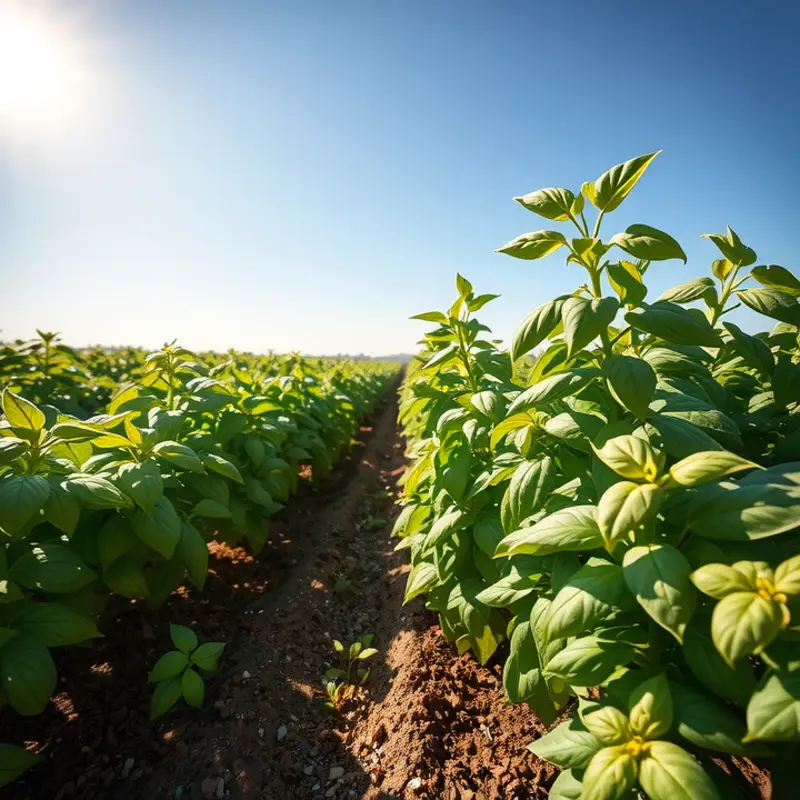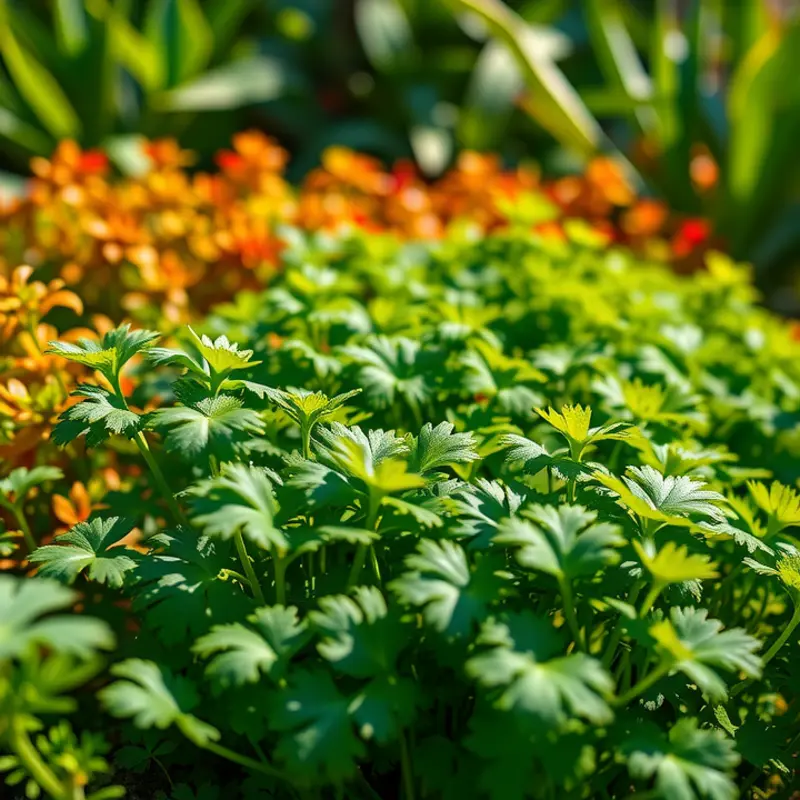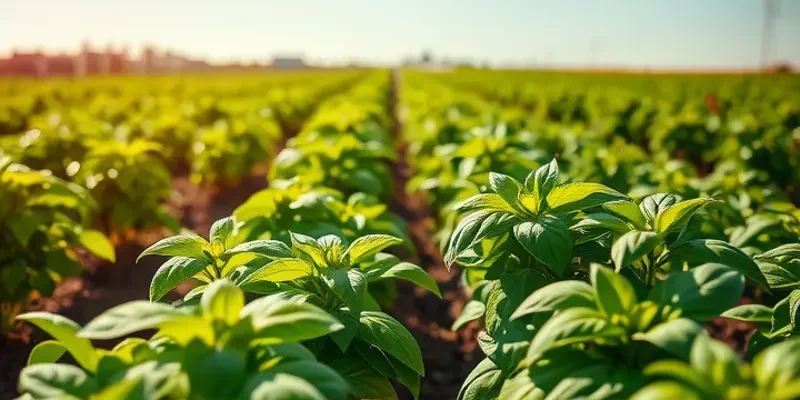Culinary herbs are the unsung heroes in kitchens across the globe, adding depth and character to dishes. From fragrant basil in Italian kitchens to zesty cilantro in Thai cuisine, each herb offers a unique taste experience deeply embedded in cultural traditions. This exploration takes food enthusiasts on a journey through unique herbs celebrated in various cultures—inviting you to discover their origins, uses, and the stories they tell in shaping flavors worldwide.
Basil: The Heart of Italian Cuisine

Basil graces Italian dishes with its sweet, aromatic embrace, acting as a culinary cornerstone from pesto to pizza. Several varieties of basil carry distinct flavors and traditions, each enhancing Italian cuisine in unique ways. Genovese basil, with its tender leaves and distinctive richness, reigns supreme in Italy’s culinary landscape. This variety is the quintessential ingredient in pesto genovese, a vibrant sauce made by crushing fresh basil leaves with garlic, pine nuts, Parmesan cheese, and olive oil. Its flavor profile adds a peppery yet sweet dimension that complements pasta and bruschetta alike.
On the other hand, Thai basil, though a staple in Asian cuisines, finds its niche in Italian cooking. It introduces a hint of anise that harmonizes with spicy and tangy ingredients. Often, it’s used in fusion dishes, where its subtle licorice taste uplifts traditional Italian recipes like tomato-based pastas or savory flatbreads.
Culturally, basil represents more than taste; it’s intertwined with Italian family traditions and rituals. Known as the “royal herb,” it was revered in ancient times and continues to symbolize love and protection in households. Many Italians grow basil at home, nurturing it in sunlit kitchens or window boxes to ensure a fresh supply for daily cooking. Freshly picked leaves are a testament to the craft of home-cooked meals.
Incorporating fresh basil into your meals is both an art and a delight. To keep its fragrance intact, add chopped basil towards the end of cooking, preserving its flavor and nutrients. For salads or raw applications, tear the leaves gently by hand to release their essential oils without bruising them. For a low-waste approach to cooking and ingredient usage, explore practical ingredient batching to preserve leftover leaves into infused oils, ensuring nothing fresh goes to waste.
Basil’s influence extends beyond its vibrant taste. Its presence transforms dishes and dining experiences, inspiring a deeper connection to the heritage and love embedded in Italian culinary traditions. Through understanding and experimenting with basil’s varieties, anyone can bring a piece of Italy to their kitchen, enriching meals with the herb’s unparalleled taste and cultural essence.
Cilantro: A Taste of the Tropics

Cilantro, also known as coriander leaves, is a versatile herb that embodies the essence of diverse cuisines. Its vibrant green leaves bring a citrusy freshness to dishes, while its seeds—known as coriander—provide an earthy, slightly nutty flavor. This dual personality makes cilantro indispensable in culinary traditions ranging from Latin America to Asia.
In Latin American cuisine, cilantro is essential. It plays a starring role in salsa, adding a zing that balances the heat from chilies and the acidity of tomatoes. In Mexico, cilantro appears not only in salsas but also in soups and tacos, where its fresh notes enhance rich, savory flavors. Cilantro’s prominence in these dishes reflects its deep-rooted cultural significance, often associated with warmth and authenticity.
Meanwhile, in Asian cuisines, cilantro takes on a different role. It is a classic ingredient in Thai and Vietnamese dishes, where it pairs with ingredients like lemongrass and ginger to create complex flavor profiles. In South Asian curries, cilantro contributes both as a garnishing herb and in its seed form. Coriander seeds are toasted and ground to form the base of various spice mixes that add depth and warmth to curries and stews.
The cultural perception of cilantro varies widely. For many, it is a beloved herb that elevates dishes with its bright, fresh notes. However, cilantro is also infamous for its polarizing taste. Some people experience a ‘soapy’ flavor when eating cilantro, a trait attributed to a genetic variation that affects taste perception. This divisive nature has led to enthusiastic debates among food enthusiasts and influenced how cilantro is used in different cuisines.
Sustainable storage of cilantro can maximize its freshness and reduce waste. For practical tips on preserving cilantro and other herbs, explore this guide on eco-smart kitchen storage.
Cilantro’s dual role as herb and spice, its significant cultural presence, and its intriguing flavor profile make it a standout in global culinary traditions. Whether adored or spurned, cilantro is undeniably a herb that evokes passion and creativity, enhancing the tapestry of the world’s cuisines.
Final words
Unique culinary herbs are more than just seasoning—they embody the essence of cultural identity and tradition. From basil harmonizing Italian classics to cilantro invigorating tropical dishes, these herbs invite exploration and creativity in cooking. Understanding the cultural context behind each herb enriches the culinary experience, offering a chance to connect with flavors and aromas that have shaped cuisines for generations. As you embark on your next culinary adventure, consider incorporating these herbs, allowing their unique stories to enhance your own dishes.








